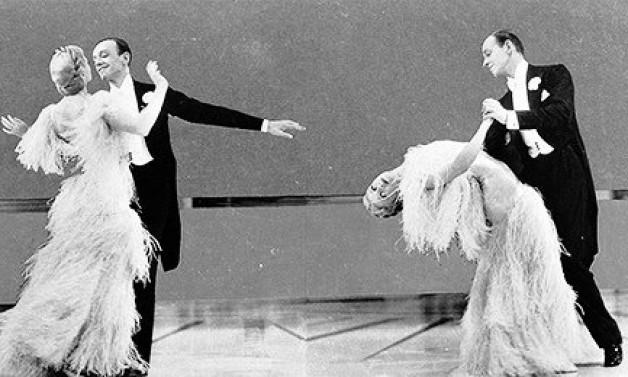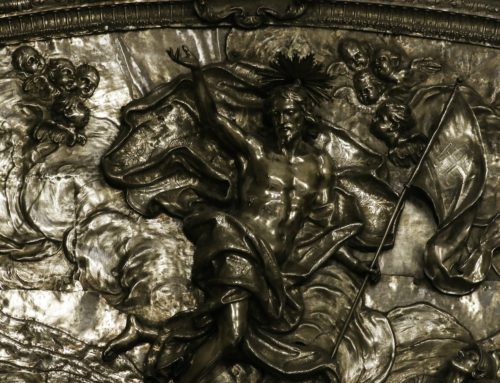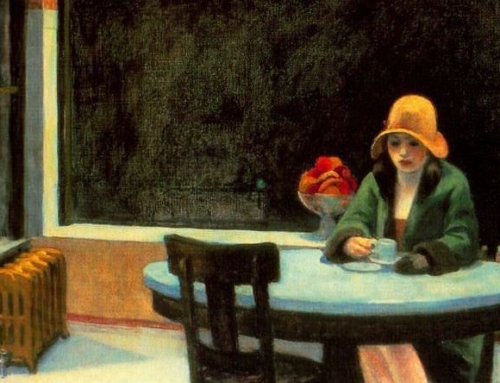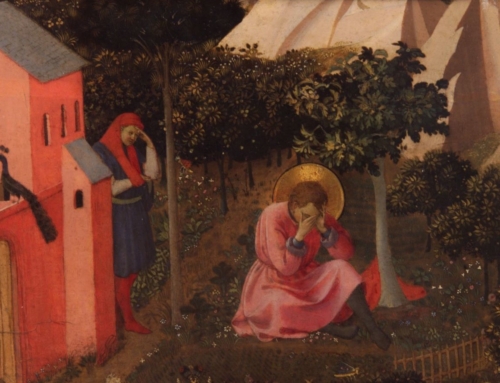At this time of year, catechumens preparing for Confirmation are being taught that the Holy Spirit will strengthen or “confirm” them for “spreading and defending the faith by word or action” (CCC 1303). The sacrament, they are told, seals them with the Spirit, more perfectly conforms them to Christ the Son, deepens baptismal grace, nurtures the virtues, and increases the Spirit’s own “gifts” and “fruits.” Clearly, the boons are many. The cardinal virtues are four, and there are three theological ones. The traditional number of gifts is seven, and of fruits the Church gives us twelve. The final list comes to upwards of twenty-six items. Unsurprising then that many confirmandi find it difficult to comprehend what these “effects of the sacrament” amount to. Can you, dear reader, name all twenty-six? Instead of taking the virtues, gifts, and fruits one by one, it might help first to consider these wider appellations. What’s the difference between a fruit and a virtue, between these and a gift?
A virtue is a habitual and firm disposition to do the good. Through sanctifying grace, God enhances the cardinal virtues and endows us with the virtues of faith, hope, and charity. These three are called theological because they orient us toward God, making us his friends and bringing us into the inner life of the Trinity.
The gifts of the Holy Spirit are also firm dispositions, but they differ from the virtues in that they make us responsive—from moment to moment—to the suasion of the Spirit. Think of a person who wets his finger in order to gauge the direction of the wind. The gifts are like a wetness whereby we know where the Spirit is blowing. In fact, the majority of the gifts are specifically cognitive. But the analogy misleads if it stresses a time-gap between consulting the Spirit and deciding to go along with his prompting. The movement is more spontaneous, the inspiration more on the periphery of awareness. In fact, one of St. Thomas’ favorite words for the gifts is instinctus. Fr. Servais Pinckaers sees a likeness in plant life: “[The Spirit] moves us like sap . . . so discrete is he before the activities and projects that engross us. Yet his gradual push, along with our constant fidelity, prepares the way for the flowering of spring and the growth of autumn.”
Though we may imagine spiritual instinct as sub-rational, the truth is that life in the Spirit is hyperrational. The inspired person has the Spirit of truth as the source of his action, and through this cooperation the Spirit gradually imparts his own perspective. Think of a father who teaches his son how to ride a bike by holding the handle bars and running alongside him as he rides. Or, to vary the image (yet again), following the scholar Andrew Pinsent, consider how a parent teaches a very young child about individual objects. The parent and child achieve a shared attention that involves referential use of eye-contact, offering and receiving objects, pointing at objects and following the other’s points. Through this joint attention the child gradually and mysteriously acquires the perspective of the parent. Thomas notes this peculiar illumination when he remarks that it belongs to faith to know divine things darkly, but it belongs to the gift of understanding to know them with penetration.
Regarding the fruits of the Spirit, Thomas notices that ordinary fruit has two features. Fruit is produce; it’s the terminus of a process of growth. Thus Thomas teaches that, unlike the virtues and the gifts, the fruits of the Spirit are not dispositions; they are actions, works, operations. They are acts of the Spirit in which man comes to fruition. The second feature of fruit is sweetness. Fruits are meant to be enjoyed (the Latin fructus is related to the verb fruari, “to enjoy”). We usually think of fruits as being sweet to the taste. Thus the person who bears fruit is delighted with the Spirit’s movement in himself. In fact, joy is one of the twelve fruits.
Fruit also catches the eye. In this respect, the fruits of the Spirit are especially pertinent to those preparing for Confirmation, whom the Paraclete would strengthen “to spread and defend the faith by word and action.” The fruits of the Spirit distinguish people. Consider the traveler who remains remarkably patient in the face of repeated flight delays. Consider the young person whose chastity is somehow striking (as St. Thomas’ apparently was). Consider the long-suffering spouse, who gently and peacefully bears with some debilitating defect in the other. These things get noticed (not to mention more spectacular displays of charity and joy, e.g., by the Missionaries of Charity). They can be sweet to the sight, or they can provoke the desperate reactions of “the flesh.”
The dancer Ginger Rogers famously quipped that she did everything her partner Fred Astaire did but backwards and in heels. I know a Dominican priest who uses the image of Astaire taking the lead with Rogers to describe the movement of the Spirit in the person with the gifts (backwards and in heels as appropriate). Might we also liken the fruits to their singular flare?
✠
Image: Fred Astaire and Ginger Rogers dancing “Cheek to Cheek” in the film Top Hat, 1935.







